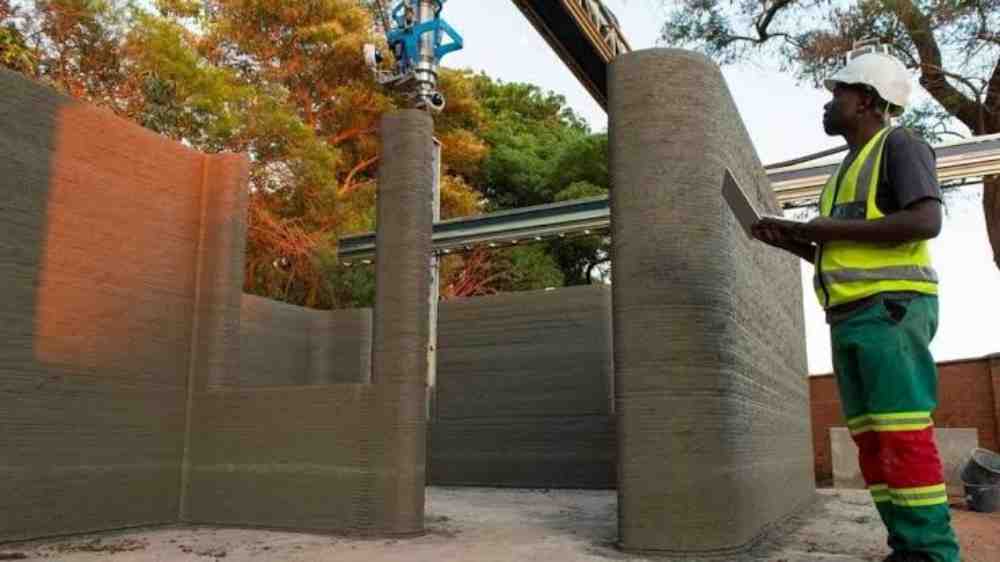3D printing in construction, also called 3DCP, makes use of robotics to deposit construction material in layers, creating walls, floors and roofs. Typically, a 2,000 square foot home takes about four months to construct. A 3D printed 2,000 square foot house can take as little as 7-10 days to erect. For a country like India, it holds a massive promise of affordable housing.
Recently,Larsen & Toubro (L&T) completed India’s first public building utilising cutting-edge 3D printing. The post office in Bengaluru was inaugurated by Communication Minister Ashwini Vaishnaw.This comes two years after the inaugural 3D-printed house was unveiled at the Indian Institute of Technology (IIT) Madras.
3D Printing Technology and Its Application
3D printing, also known as Additive Manufacturing (AM), involves layering materials under computer control to create intricate three-dimensional structures. While 3D printing has evolved considerably since its inception, its application in various sectors, including construction, has rapidly expanded.
Transforming Construction with 3D Printing

3D printing in construction represents a departure from traditional methods. Instead of conventional brick-and-mortar techniques, 3D printing employs a robotic arm to layer a specialized concrete mixture. This mixture, containing adhesives for rapid drying, allows for quicker construction. Operators regulate the system, feeding design data and controlling the robotic arm’s extrusion of the concrete mixture.
This innovative approach offers several benefits:
Rapid Construction: 3D printing accelerates construction by 30-40% compared to traditional methods.
Customization: The technology allows for the seamless integration of design elements, such as doors, windows, and electrical outlets.

Strength: Structures created with 3D printing are notably stronger, boasting six times the strength of traditional materials.
Sustainability: The use of precise printing materials minimizes waste, and certain concrete mixtures employed can last up to 175 years.
Energy Efficiency: 3D-printed walls can regulate temperature, reducing energy consumption for heating and cooling.
L&T’s 3D-Printed Post Office

L&T’s 3D-printed post office, spanning 1,100 square feet, showcases the technology’s potential. The construction process, costing approximately Rs 23 lakh and taking 45 days, accelerates building without inflating costs. L&T envisions cost savings of around 20% for a volume of projects, indicating the technology’s long-term cost-effectiveness. Despite its advantages, challenges remain. The printing process requires layers to dry before continuing, affecting the overall timeline. Furthermore, a standardized code for 3D-concrete printing is under development, poised to further streamline and foster adoption.
This pioneering project could pave the way for transformative collaborations and projects, ushering in a new era of construction in India. L&T is already engaged in ongoing 3D printing projects, encompassing residential and factory buildings. As 3D printing continues to evolve, its potential to reshape construction and enhance affordability in housing remains promising.
